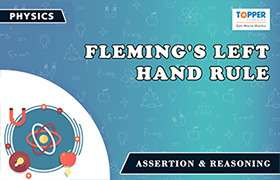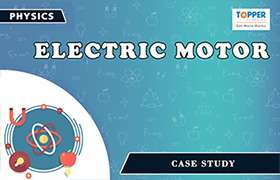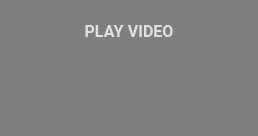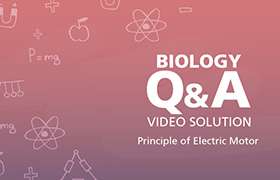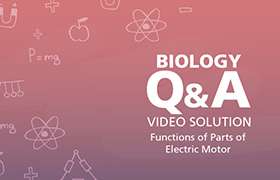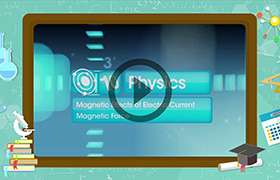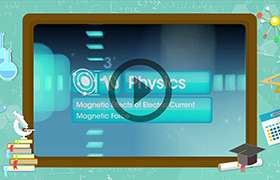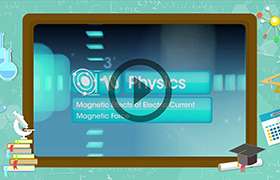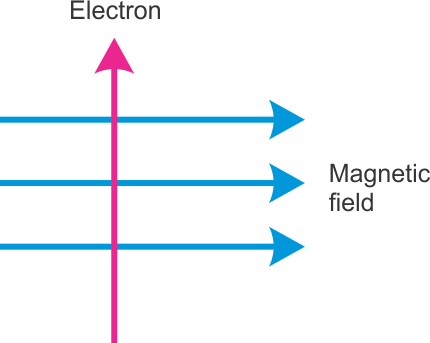CBSE Class 10 Answered
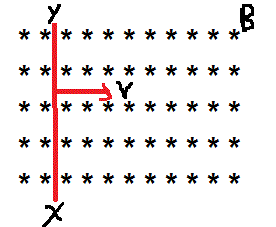
A SAMLL CONDUCTING ROD OF LENGTH L,MOVES WITH UNIFORM VELOCITY V IN A UNIFORM MAGNETIC FIELD B AS SHOWN IN FIGURE.
a) The end X of the rod becomes positively charged
b) The end Y of the rod becomes positively charged
c) The entire rod is unerringly charged
The answer is option b). Please explain the reason in detail.Please explain how to interpret the figure,
Asked by Divyaa | 13 Oct, 2016, 07:41: PM
The rod is moving towards the right in a field directed into the page.
Now, if we apply Fleming's right hand rule, then the direction of induced current will be from end X to end Y.
But, according to Lenz's law the emf induced in the rod will be such that it opposes the motion of the rod.
Hence, the actual emf induced will be from end Y to end X. So, the current will also flow from end Y to end X.
Now, using the convention of current end Y should be positive and end X should be negative.
So, correct answer is option b.
Answered by Romal Bhansali | 14 Oct, 2016, 03:28: PM
Application Videos
Concept Videos
CBSE 10 - Physics
Asked by Mahak | 24 Jul, 2020, 04:49: PM
CBSE 10 - Physics
Asked by aryansingh200499 | 10 Jul, 2020, 06:27: PM
CBSE 10 - Physics
Asked by subbukum | 04 Feb, 2020, 02:24: PM
CBSE 10 - Physics
How can the direction of force on a current carrying conductor placed in magnetic field be reversed?
Asked by Topperlearning User | 04 Jun, 2014, 01:23: PM
CBSE 10 - Physics
Asked by Topperlearning User | 02 May, 2014, 01:44: PM
CBSE 10 - Physics
Asked by Topperlearning User | 04 Jun, 2014, 01:23: PM
CBSE 10 - Physics
Asked by Topperlearning User | 04 Jun, 2014, 01:23: PM
CBSE 10 - Physics
Asked by Topperlearning User | 24 Jul, 2017, 10:23: AM
CBSE 10 - Physics
Asked by Topperlearning User | 04 Jun, 2014, 01:23: PM
CBSE 10 - Physics
Asked by Topperlearning User | 04 Jun, 2014, 01:23: PM

